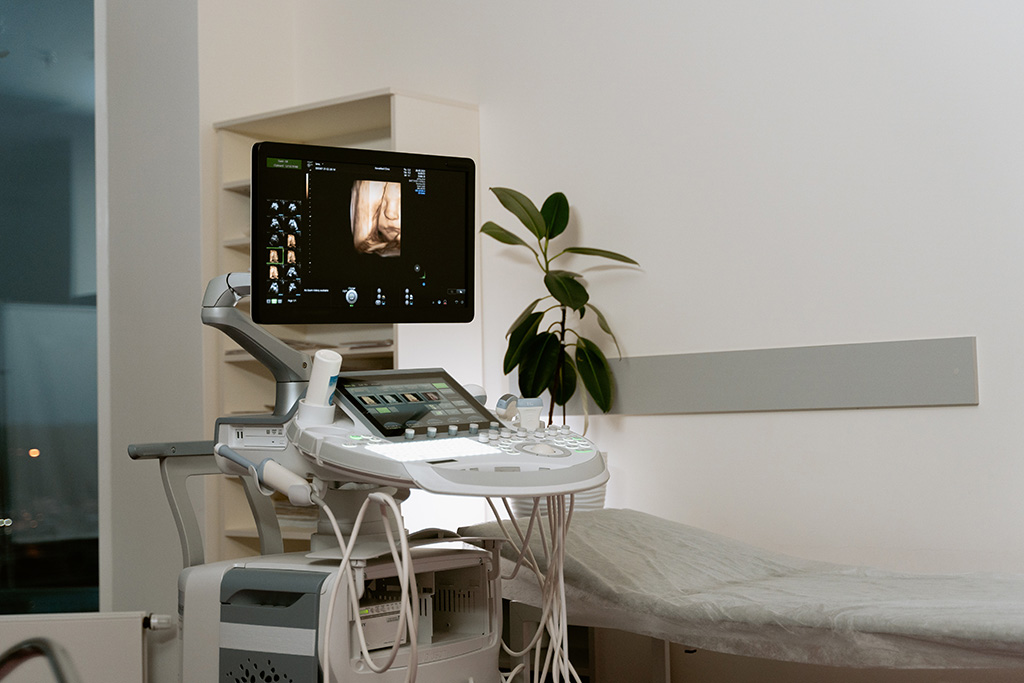
After and 8-day jury trial, Clark Hudson obtains a defense verdict on behalf of OB/GYN surgeon. Plaintiff was a 48-year-old nurse that needed to undergo a hysterectomy because of uterine fibroids that had caused irregular and heavy bleeding. The plaintiff lived and worked in Northridge, California. However, family and friends had recommended that she undergo her surgery with the defendant in San Diego. The plaintiff alleged at trial the defendant had offered to not only perform the hysterectomy, but also perform vaginal rejuvenation and a tummy tuck at the time of the hysterectomy. The defendant maintained that he offered the plaintiff, and received consent for, a hysterectomy with elimination of tissue redundancy and posterior vaginal wall repair.
During the hysterectomy, the patient uterus was found to be densely scarred to the pelvic floor. In efforts to free the uterus, the iliac vein was inadvertently lacerated. A vascular surgeon was called to assist in the repair; however, no vascular surgeons were available. A general surgeon with vascular experience therefore responded to the operating room within 20 minutes to repair the vascular injury. The repair to the iliac vein did cause a narrowing, which led to the patient developing leg swelling because of veinous congestion.
The plaintiff’s claims a trial centered on the allegation the defendant was offering tummy tuck surgeries to patients needing hysterectomies. The plaintiff maintained that she would have never undergone surgery had the defendant disclosed that he was not a plastic surgeon and did not have privileges to perform cosmetic surgeries. Further, she claimed that she did not have a weakness of the posterior wall of her vagina, and the defendant was performing vaginal rejuvenation procedures and billing insurance for posterior wall repairs which were unnecessary.
The defense maintained the plaintiff was consented for all the procedures that were performed. The plaintiff was never offered, or received, any plastic surgery services. Rather, the defendant did remove redundant tissue at the time of closing the abdominal incision. Additionally, the posterior wall weakness was specifically documented and included in the patient’s pre-operative consent. Lastly, the vascular injury was a recognized risk that can occur during the best of care.


